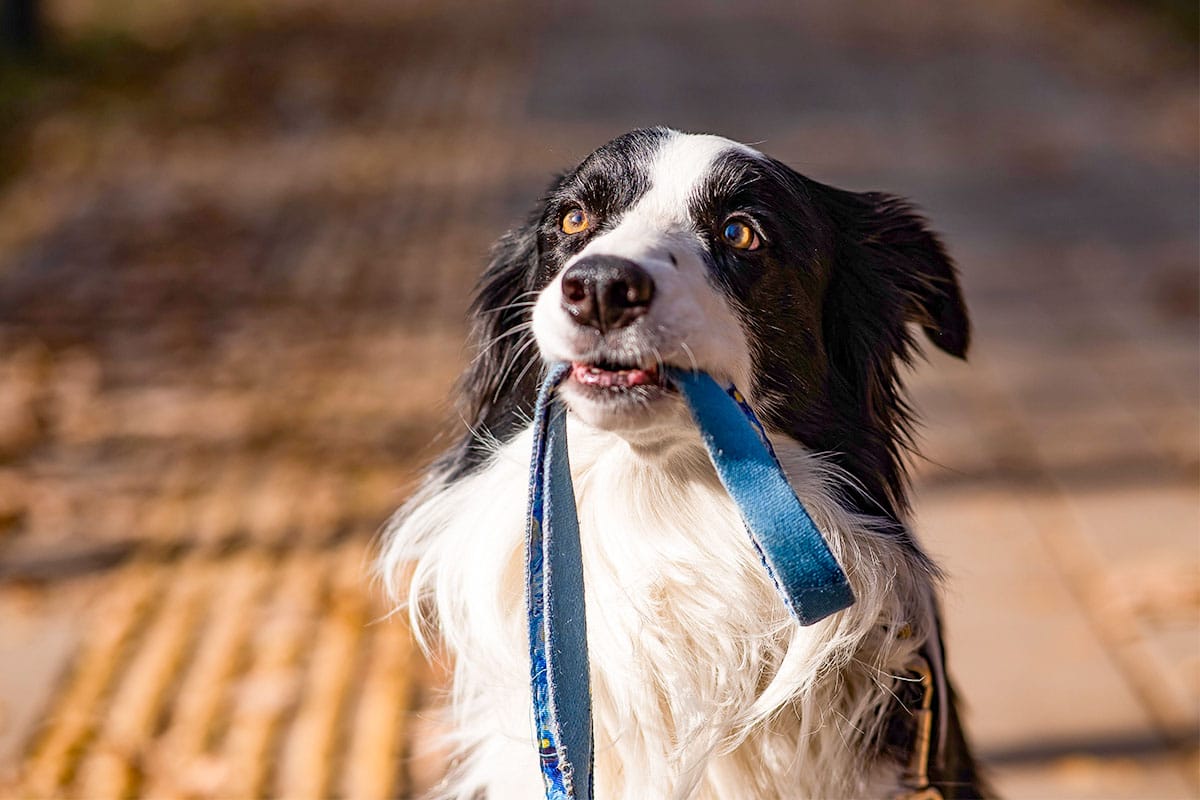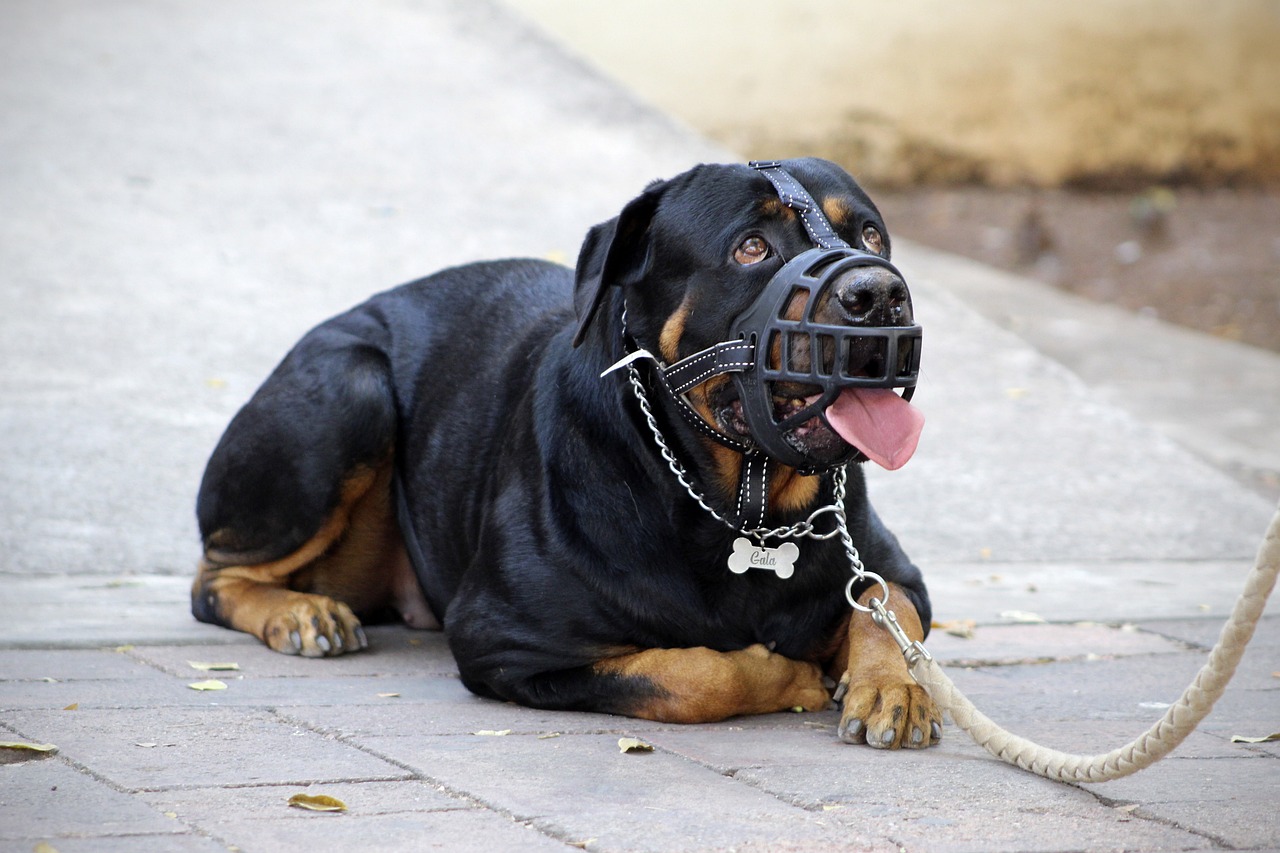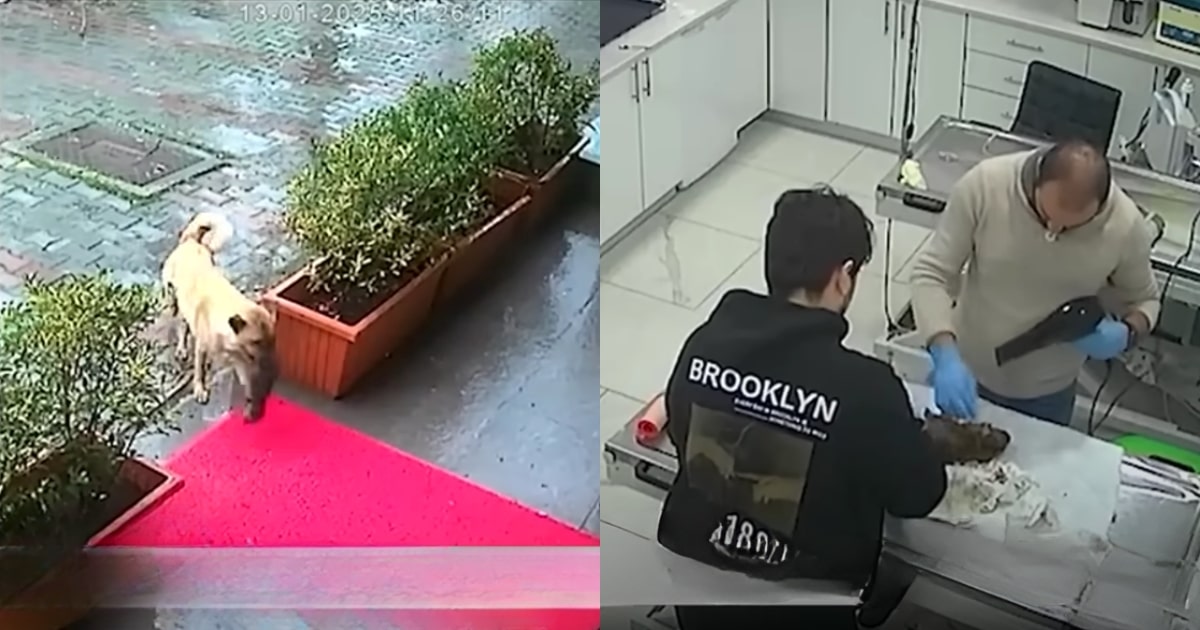 Shutterstock
Shutterstock
If your pup is acting like a four-legged maniac on a sugar rush, chances are they’re not getting enough exercise. Dogs need consistent physical and mental stimulation—not just to stay healthy, but to act like well-mannered members of the household. What may seem like naughty behavior is often just bottled-up energy looking for a release. Recognizing the early signs that your dog needs more activity can save your shoes, your furniture, and your patience, while also ensuring your furry friend stays happy, balanced, and mentally fulfilled.
Indoor Zoomies
 Shutterstock
Shutterstock
When your dog randomly turns your hallway into a racetrack at full speed, those infamous “zoomies” are more than a quirky behavior. They’re a high-octane burst of energy because your dog doesn’t know what else to do with it. While occasional zoomies are regular, frequent indoor sprints are a clue that your pup’s exercise needs aren’t being met. Dogs that burn off energy regularly through walks, play, and training are less likely to need to blast off like a furry missile in the living room.
Backyard Digging
 Shutterstock
Shutterstock
Does your backyard look like it’s hosting a gopher convention? Digging is a natural dog behavior, but excessive excavation usually means your pup is trying to entertain themselves. Breeds like terriers and hounds are especially prone to this, but any dog can dig when they’re bored or restless. Providing daily walks, puzzle toys, or sandboxes where they’re allowed to dig can redirect that behavior and keep your garden from becoming a cratered wasteland.
Destructive Chewing
 Shutterstock
Shutterstock
A chewed-up couch leg or a pillow massacre might seem like your dog’s rebellion, but it’s often just a sign of under-stimulation. Dogs chew to relieve stress, soothe boredom, and burn off energy. If you come home to a scene from a canine crime drama, it’s time to evaluate your dog’s daily routine. Regular physical activity and providing safe, durable chew toys can help satisfy that gnawing need and protect your belongings.
Demanding Attention
 Shutterstock
Shutterstock
When your dog follows you from room to room, drops slobbery toys on your lap, or paws at your face during Zoom meetings, they might not just miss you—they need more activity. Constant attention-seeking is often a sign of pent-up energy with nowhere to go. Instead of feeling annoyed, please take it as a sign to get moving. Ten minutes of fetch, a walk, or a training session can meet that need and give you back your personal space.
Walks Aren’t Enough
 Shutterstock
Shutterstock
If your dog is still full of beans after a walk, it might not be the length—it’s the intensity that’s lacking. Some dogs, especially working breeds like Border Collies or German Shepherds, need more than a casual stroll. They need mental and physical workouts. Try incorporating games, sprints, or agility-style tasks into your routine. The goal is to come home with a dog who’s content, not revved up and ready to go again.
Restless Sleep
 Shutterstock
Shutterstock
Is your dog up pacing the house while you’re trying to sleep? Do they constantly change positions or wake up at the slightest noise? Dogs that don’t get enough exercise often struggle to relax and stay asleep. Physical exhaustion is key to achieving better rest, encompassing both body and mind. Adding interactive play, sniffing walks, and brain games into their day can help your dog settle into a deeper, more restful sleep at night.
Excessive Barking
 Shutterstock
Shutterstock
When your dog seems to bark at absolutely nothing—or everything-it ’s often due to boredom or excess energy. Barking is your dog’s way of saying, “I need something to do!” Rather than trying to hush them constantly, ask yourself whether they’ve had enough stimulation. A tired dog is a quieter dog. More structured walks, playdates, or even obedience training can significantly reduce noisy outbursts.
Jumping on Guests
 Shutterstock
Shutterstock
It’s cute when a puppy greets people with enthusiasm, but a full-grown Labrador launching onto Grandma? Not so charming. Dogs that don’t get enough exercise often greet people with excessive jumping because they have no other outlet for their excitement. Combine training with regular exercise, and your dog will be more likely to say hello with a wagging tail instead of a flying leap.
Training Struggles
 Shutterstock
Shutterstock
If your pup can’t focus during training, it doesn’t mean they’re stubborn—they might just be overstimulated or under-exercised. A dog with pent-up energy isn’t in the right mental state to learn. Before each session, give your dog some physical activity, such as a brisk walk or a quick game, to release excess energy. You’ll be amazed at how much easier training becomes when your dog can focus.
Reactive on Walks
 Shutterstock
Shutterstock
Is your dog suddenly lunging, barking, or growling at other dogs and people on walks? That behavior can be a sign of stress and overexcitement, often associated with a lack of physical activity. Dogs that don’t get daily energy outlets can become tense and overreact to everyday stimuli. A regular exercise schedule not only tires them out physically but also builds mental resilience and confidence, making outings more pleasant for both of you.
Gaining Weight
 Shutterstock
Shutterstock
Even if you feed your dog high-quality food and the proper portions, they can still gain weight if their activity levels are too low. Excess weight contributes to joint pain, breathing issues, and reduced lifespan. If you’re noticing a little extra fluff around the ribs, it’s time to add more movement to your pup’s day. Walking, playing, swimming, or even doing indoor obstacle courses can help shed those extra pounds and improve overall health.
Clingy Behavior
 Shutterstock
Shutterstock
Dogs who are always underfoot, follow you obsessively, or seem anxious when left alone may be suffering from a lack of stimulation. Without activities to occupy them, dogs look to their humans for constant engagement. While it’s sweet, it’s also a sign they need more independence through fulfilling solo activities. Regular walks, safe chew toys, and enrichment items can help develop confidence and reduce overattachment.
Trying to Escape
 Shutterstock
Shutterstock
Whether it’s darting out the door or climbing the fence, dogs on the run aren’t necessarily misbehaving—they might just be bored out of their furry skulls. Dogs naturally crave exploration and stimulation, and when they’re not getting it at home, they’ll go looking for it elsewhere. Upping their physical activity and offering more mental challenges can satisfy that wanderlust and help keep them safe at home.
The Zoomies Have Spoken
 Shutterstock
Shutterstock
So, your pup becomes a one-dog wrecking crew with the energy of a toddler on espresso—what now? The answer isn’t punishment—it’s purpose. Dogs need outlets for their energy, or they’ll turn to chewing, barking, escaping, and other “naughty” behaviors. Exercise is the fix. You don’t need to train for a marathon—tailor activities to your dog’s age, breed, and vibe. Try fetch, walks, agility, or even brain games. A tired dog is a happy dog—and far less likely to turn your sofa into modern art.

 1 month ago
15
1 month ago
15


















 English (US) ·
English (US) ·